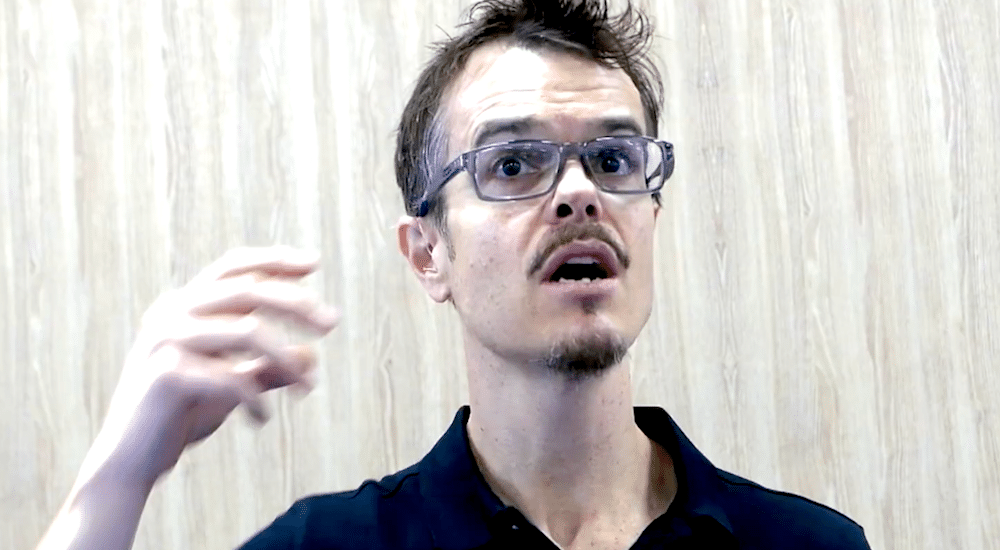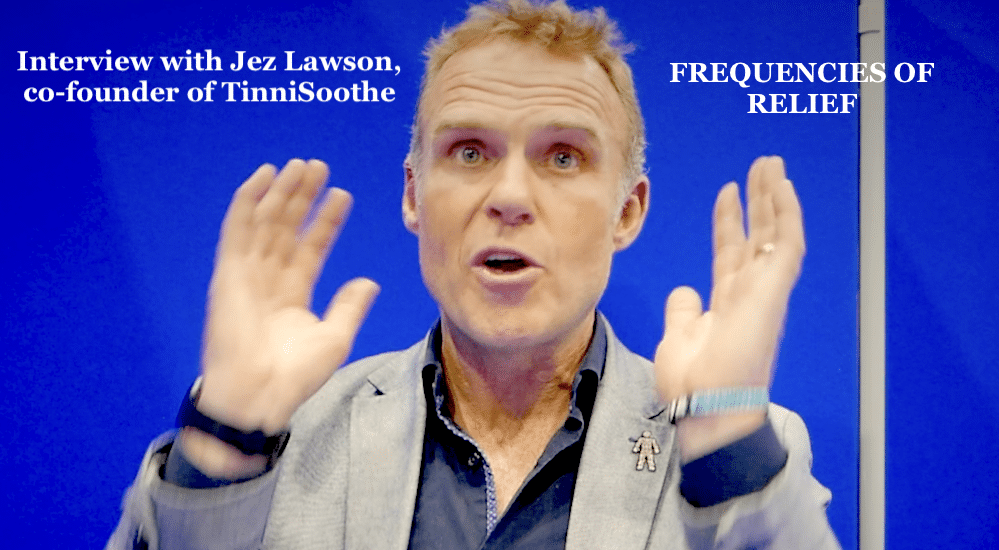EuroTrak Italy: awareness of hearing loss and hearing aids is growing
Eurotrak 2018
This autumn, the outcomes of EuroTrak were published for Italy on how people see hearing disorders and possible hearing rehabilitation, on whether hearing aids are used or not, what motivates people to decide, and the behaviors of patients and healthcare professionals.

In this article, we look at the situation in Italy compared to that in France, Germany and the United Kingdom.
The findings of the study were presented officially at the 19th congress of the Italian Federation of Hearing Aid Specialists (FIA), held in Rimini, from October 26 to 28, 2018. The Federation worked jointly with the Italian National Association of Hearing Aid Importers and Manufacturers (ANIFA) to collect the data, in order to draft a report for the European Hearing Instrument Manufacturers Association (EHIMA).
The data were based on findings from a representative sample of more than 15,000 responders to a survey run by the agency Anovum located in Zurich, Switzerland, on behalf of ANIFA. Every three years, the EuroTrak study examines the perceptions and habits of the population affected by hearing loss in relation to management of the disorder, interactions with healthcare professionals, and in general, their personal, social and professional lives. In the 2018 edition, efforts were made to perfect the study materials, integrating new topics such as comorbidities, the healthcare costs saved through the use of hearing aids, the benefits for users, the reasons for the time people were not fitted, purchase channels, and satisfaction. Further topics include the awareness of and use of accessories, and lastly the sense of security resulting from improved hearing.
Taking a closer look at the analysis carried out on the available data, we can see that the questionnaires were sent to a representative sample of the population including 15,015 people, divided by age, sex, and geographical region. The aim was to assess the prevalence of hearing disorders on the one hand, which in 2018 was found to be 12.1% (versus 11.7% for EuroTrak 2015), and on the other, adoption of devices to regain hearing abilities. These findings showed a fitting rate that was of course higher than three years ago: 29.5% versus 25.5%, with bilateral fitting at 61%. Another positive finding was the increase from 31% to 38% for the rate of audiological screening tests in the last 5 years, carried out by specialist physicians. On closer examination of the topics, a second target group was surveyed: 509 people with hearing aids and 823 individuals with hearing loss who do not have hearing aids. In the first sub-group, satisfaction was surveyed and was found to have increased by 2 points since EuroTrak 2015 from 79% to 81%. In the second sub-group, the question of why hearing aids were not chosen was posed, and replies varied from feeling discomfort to having more important priorities.
It is interesting to note the route that people affected with different types of deafness took to get hearing aids. A high proportion, almost 80%, discussed their problem with a specialist physician or with their caregiver. Subsequently, 58% made the decision after being advised to get hearing aids by these professionals. The so-called “drop-out rate”, in other words the differential between moving from one phase to the next, in this case from consultation to the clinical recommendation, dropped to 27% from 35% three years earlier. Overall, 27% of general practitioners referred the patients to hearing aid specialists (20% in 2015), 78% to an ENT specialist or audiologist, and 5% suggested no further action. 40% of specialists referred the patients to hearing aid specialists, while 31% recommended no further action (39% in 2015). Looking more in-depth at routes taken by patients, the survey revealed that about 8% to 9% went to a hearing center to talk about hearing loss before seeing a doctor, but surprisingly hearing aid specialists only recommended a visit in a minority of cases: in 27% of cases they referred to a doctor, and in 21% to a specialist. This means that in 73% and 79% of cases, they left the user to decide themselves whether or not to go and see a physician. Moreover, the hearing aid specialist is the professional who assists with acquisition in 61% of cases, far ahead of the ENT specialist at 37%, the general practitioner at 11%, the pharmacist at 3%, and the speech therapist at 1%. Others account for 6% of cases. The questionnaires also showed a new associated benefit for the use of hearing aids: an improvement in the quality of sound.
In relation to costs, the panorama becomes more complicated: 57% of those who have hearing aids received partial reimbursement from a third party, such as the national health system or private insurance. This was similar to 2015 but was distributed differently: 15% did not include the spending and 42% benefitted from partial contributions (17% and 40% in the previous survey). Interestingly, 39% paid entirely from their own pocket, compared to 36% three years ago. 65% of respondents were already aware of the possibility of obtaining part of the sum before the purchase, 34% were not. Among people with hearing loss who do not have hearing aids, 21% thought that there was no form of support, 55% did not know, and 24% were correctly informed. A comparison with 2015 highlights the issue of better communicating on healthcare rights, since the corresponding percentages for 2015 were 16%, 60% and 24%.
The rate of general satisfaction with the product varied depending on economic integration, from 86% to 76%, and in particular the value attributed to the investment, relating to the service and the money spent, showed satisfaction of 80% among those who received reimbursement, and 66% among the others. Regarding individuals who did not have hearing aids, the high cost did not figure among the top 10 reasons for their refusal, but among the secondary motives, not being able to afford it was a reply given by 50% of those interviewed, significantly for 37% and only partly for 13%.
Lastly, one of the most interesting points concerning awareness was the issue of stigma: 54% of hearing aid wearers had never felt rejected or mocked because of their devices, while this was in fact the case at 77% for those who have untreated hearing problems, for 4% regularly, 46% occasionally, and for 27% rarely.
Article written from the data of the EuroTrak UK survey2018, completed by Anovum for EHIMA (European HearingInstrument Manufacturers’ Association)
 Sign in
Sign in

